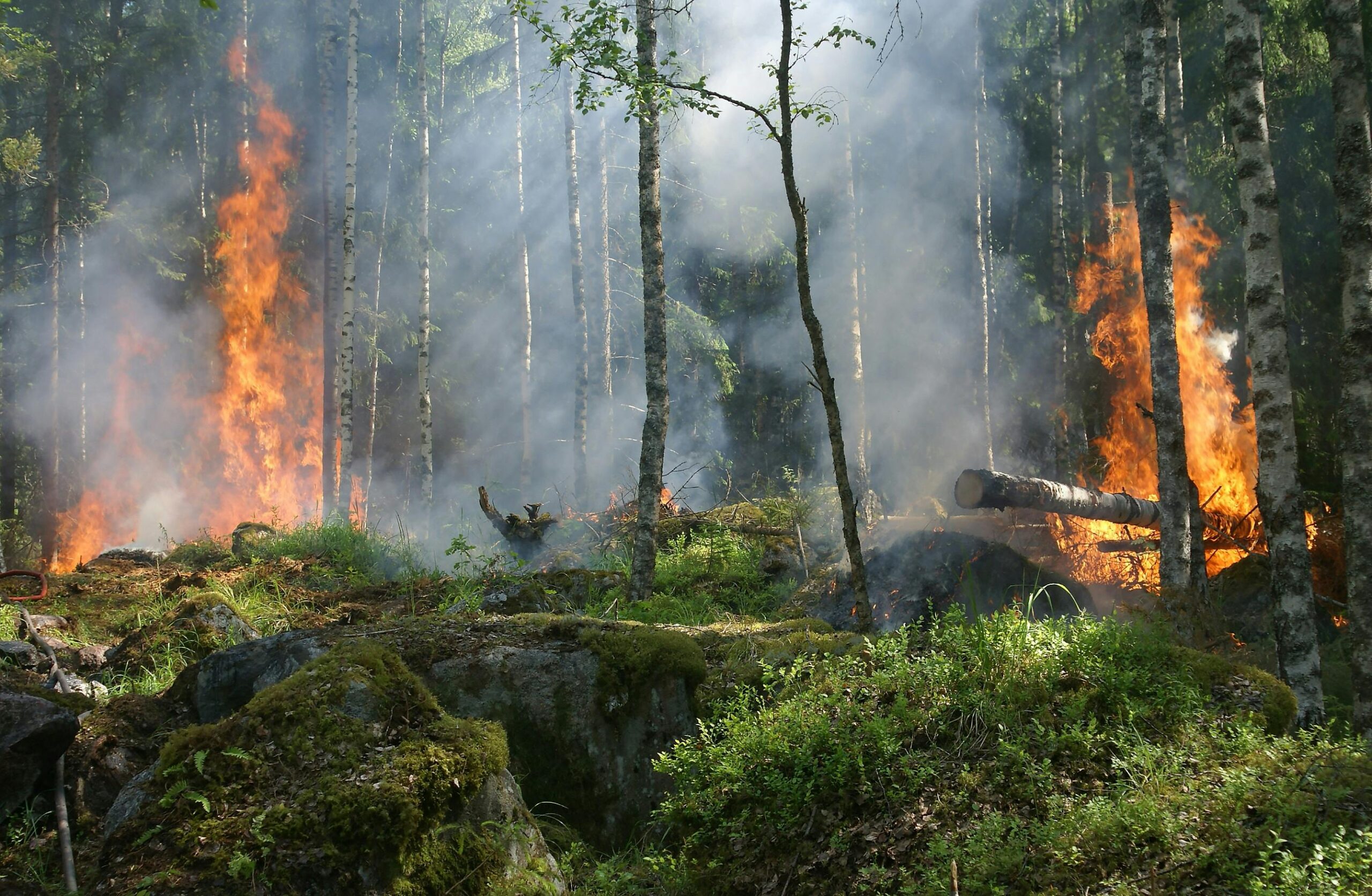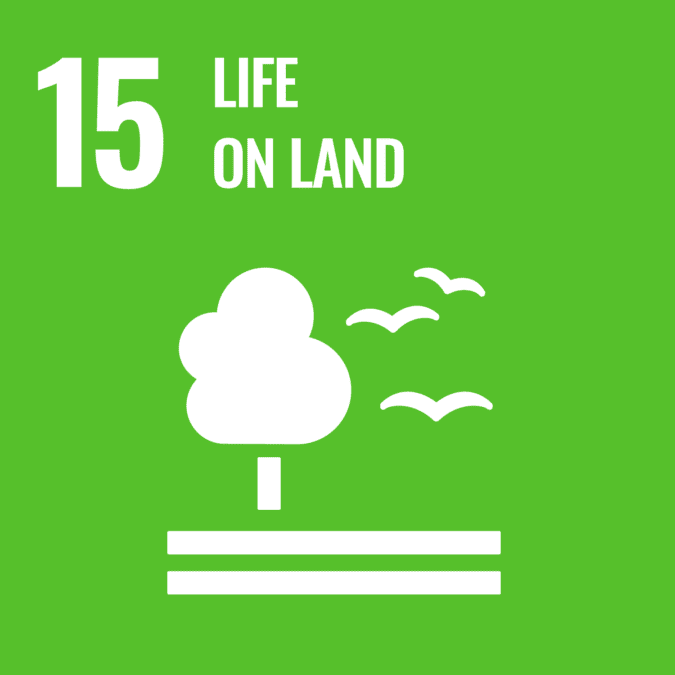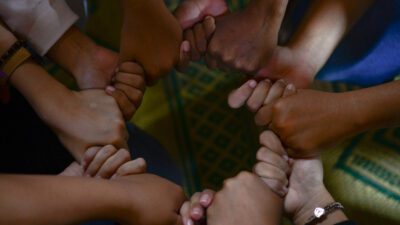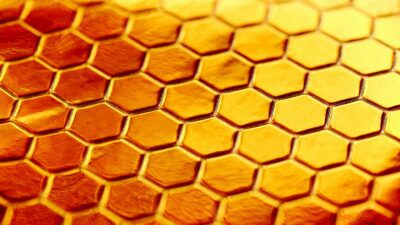Dmytro Matsypura

SDGs by 2030 – are we on track?
Optimisation model as a guide to burning forests to save forests
Setting fire to parts of a forest to save it might seem counterintuitive to urban communities. There is no equivalent of torching a few streets to protect a suburb. However, amongst First Nations people in Australia, hazard reduction burning is a well-established practice.
‘Cool burning’ is the modern name for this ancient skill and it has been proven to reduce the intensity of bushfires over time. Burns are conducted according to various local indicators (when particular trees flower, certain grasses cure, or seasonal differences occur). The key feature is that the fires burn slowly in a contained manner. The intention is to clear the landscape whilst not obliterating it. Animals have time to seek shelter, the soil is not scorched, and trees are not harmed beyond their ability to rejuvenate.
SDG 15, ‘Life on Land’, calls on nations to develop programs to sustainably manage forests and to halt the loss of biodiversity.
I am a mathematician living in Australia, which is experiencing increasingly intense bushfires capable of annihilating entire ecosystems, killing thousands, sometimes millions, of animals and where, not infrequently, people also lose their homes and their lives.
We can’t replicate Indigenous hazard reduction techniques—it takes a lifetime to acquire that knowledge, and much has changed over the last 200 years, including the climate. But we can borrow the concepts to achieve a similar outcome.

The main idea centres around land management with limited resources. The goal is to create a patchwork of burned areas at different stages of recovery. In effect, the landscape is broken into places that are treated and places that are not, allowing animals to retreat into one zone while other parts burn. When the treatment is finished, the forest is easy to move through, with space for new growth, attracting birds and other animals to return.
The tricky bit is to determine which patches to burn and when to achieve the desired impact.
This is where operations research techniques can help.
This question is modelled as a mathematical optimisation problem. Certain assumptions are made to simplify the model and ensure it remains tractable. By quantifying certain data, such as the current fuel load and land size, the model becomes solvable.
The model also needs to accommodate uncertainty. This involves factors such as the rate at which leaves and branches (the fuel load) fall, and the effectiveness of cool burns.
Ultimately, the model generates a treatment plan that serves as a decision-support tool for determining where and when hazard reduction should occur. Practitioners can then utilise this plan to implement the cool burns on the ground.
Australia, the world’s driest inhabited continent, has long dealt with hazard reduction burning. Now, global warming is changing the environment all over the world. In recent years, the United States, Canada, Spain, Greece, and Chile have all experienced out-of-control bushfires.
Many countries will need to prepare their land for hazard reduction burning. This modelling will help make those decisions easier.

Sustainable Development Goal (SDG) target addressed:
Target 15.b Mobilise significant resources from all sources and at all levels to finance sustainable forest management and provide adequate incentives to developing countries to advance such management, including for conservation and reforestation.
Resources
Further reading
Websites
- United Nations: Sustainable Development Goals
- Statista: Wildfires – statistics & facts
- Statista: Economic damages caused by wildfires worldwide from 1991 to 2023
- WWF: Why forests are so important
- WWF: Fires, Forests and the Future
- WWF: 3 billion animals harmed by Australia’s fires
- World Resources Institute: Forest Fires are getting worse
- The Copernicus Atmosphere Monitoring Service: 2023: A year of intense global wildfire activity
Dmytro Matsypura is an Associate Professor in the Discipline of Business Analytics at the University of Sydney Business School. Dmytro’s general area of expertise is Operations Research / Management Science. Within this area he focuses on the methodology and applications of mathematical optimisation and network science
Share
We believe in open and honest access to knowledge. We use a Creative Commons Attribution NoDerivatives licence for our articles and podcasts, so you can republish them for free, online or in print.



